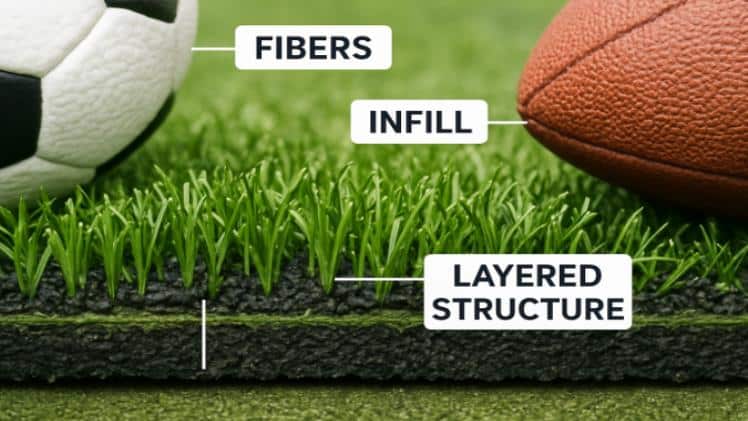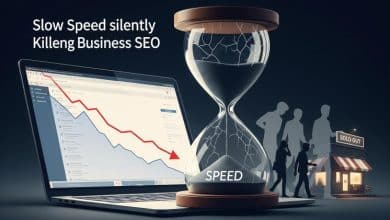Turf for Every Athlete: Choosing the Right Synthetic Surface

For coaches, athletes, and facility managers, the playing surface is more than just an aspect of the environment—it is a decisive factor that impacts performance, safety, and cost-effectiveness. With a multitude of synthetic turf choices now available, understanding how to select the right artificial surface is essential for ensuring an optimal athletic experience. Whether you’re outfitting a school, stadium, or community center, the surface beneath your feet sets the stage for every game and practice session.
Synthetic grass has evolved dramatically over the past decades. What began in the 1960s as a rudimentary substitute for natural grass has become an engineered solution capable of simulating real turf in both playability and appearance. Each advancement delivers greater benefits for player safety, durability, and overall utility, making artificial turf a robust solution for year-round athletic use. Explore the latest in Miller Sports artificial turf options to begin narrowing your choices and discover what today’s technology can offer to meet your needs.
For many facility operators, the shift to synthetic turf is not just about playability, but also about long-term reliability and lower maintenance resilience. The engineered fibers and structured infill systems are designed to weather heavy usage while maintaining consistent performance in all seasons—without the unpredictable challenges of real grass.
The advent of multipurpose sports fields has also driven the popularity of artificial turf, as a single surface can serve the requirements of several sports, maximizing facility usage and reducing downtime. The flexibility of synthetic fields allows for rapid turnovers and high-frequency scheduling, which is particularly valuable for schools and multi-team venues.
Understanding Synthetic Turf
Synthetic turf systems comprise three key components: synthetic fibers that mimic the appearance of real grass blades, infill materials such as sand or crumb rubber to stabilize the surface, and a sturdy yet flexible backing to hold everything together. Technological advancements have created surfaces with specialized fiber shapes and textures that are comfortable underfoot and resilient enough for repeated athletic use. With infill options ranging from traditional rubber pellets and silica sand to organic infills like coconut fiber, facility managers have more choices than ever before to tailor surfaces to sport-specific requirements.
The replacement cycles for turf now typically average 10-15 years, allowing for predictable facility planning and consistent field quality over time.
Advantages of Synthetic Turf
Artificial fields offer significant logistical advantages. They are unaffected by rain or drought and maintain a uniform playing surface regardless of heavy traffic or inclement weather. Unlike natural grass, synthetic turf does not develop muddy spots, ruts, or bare patches, so athletes encounter fewer unpredictable hazards underfoot. This resilience is particularly valuable during high-use seasons, as it reduces cancellations and rescheduling headaches.
Maintenance savings—eliminating mowing, irrigation, fertilization, and pesticide use—add up quickly. According to a Miller Sports article on the benefits of artificial turf, many schools and organizations recoup their synthetic turf investment within a few years, thanks to drastically reduced maintenance needs and increased scheduling flexibility.
Safety Considerations
Despite the practical advantages, athlete safety remains a top priority in turf selection decisions. Several studies have found that synthetic surfaces, particularly those of older generations, may increase the rates of non-contact injuries, such as ACL tears and ankle sprains, when compared to natural grass. Modern turf systems have responded by introducing shock pads and energy-absorbing underlays that reduce impact forces, along with improved fiber design to ensure optimal traction and sliding characteristics.
When planning a new synthetic installation, it’s crucial to consult independent data and standards, such as guidelines issued by the American Society for Testing and Materials (ASTM), to verify that the turf system is designed with athlete safety as a top priority. Working with qualified installers and selecting systems tested for your sport’s typical movements further reduces risk and reassures facility stakeholders.
Maintenance and Longevity
Synthetic turf is more durable and easier to maintain than natural grass, but not entirely maintenance-free. Regular brushing keeps fibers upright and playing surfaces even, while periodic infill top-offs maintain proper shock absorption and drainage. Routine cleaning is essential for preventing bacterial buildup and surface stains. With a consistent maintenance program, a modern turf field can provide 10 to 15 years of safe play—often outlasting even the most diligently maintained natural grass alternatives.
It is essential to follow the manufacturer’s recommendations for care and to invest in regular professional inspections, ensuring that seams, infill levels, and backing remain in optimal condition throughout the turf’s lifetime.
Environmental Impact
Artificial turf has a complex environmental profile. On the plus side, it drastically reduces water consumption and removes the need for pesticides, herbicides, and fertilizers—chemicals that can leach into groundwater or create hazardous runoff. However, challenges remain: synthetic fields retain heat, sometimes resulting in field temperatures that are far higher than those of their natural grass counterparts, and there are valid concerns about the long-term effects of microplastic runoff from infill materials and worn fibers.
Innovations in recyclable materials and organic infills offer some solutions. Still, facility managers should weigh all sustainability factors and consult with experts to choose the best balance for their location and climate.
Choosing the Right Turf for Your Sport
The ideal turf surfaces are tailored to the specific requirements of different sports, encompassing a variety of characteristics to optimize performance. In football, the preferred turf features high-resilience fibers and underlays that provide cushioning and traction to absorb impacts from aggressive cuts and repeated player interactions. Conversely, soccer fields benefit from systems that maintain uniform infill depth, enabling predictable ball control and safe slide tackles, with specialized infill blends and fiber arrangements designed for rapid pivots and consistent ball roll. Field hockey necessitates an ultra-smooth, low-pile surface, characterized by short, densely woven fibers that create a fast, flat, and water-resistant area, facilitating enhanced ball handling skills.
Modern multi-sport fields often utilize customizable infill mixtures and varying pile heights to accommodate the primary sport played, supported by manufacturer certifications that ensure adherence to international sports standards. Professional consultation before installation is advisable, as facility managers should assess sport-specific needs, evaluate turf samples, and obtain performance guarantees from manufacturers to effectively accommodate both current and future requirements.
Conclusion
Choosing a synthetic turf system is a substantial investment—one that influences everything from athlete safety to facility scheduling and operational budgets. By understanding the components and characteristics of modern turf, assessing the unique performance and maintenance requirements for each sport, and considering long-term environmental and cost factors, organizations can select an artificial surface that delivers years of reliable, high-quality play. Whether hosting community matches, training champions, or optimizing facility usage, the right turf empowers athletes and teams to perform their best, every season.



